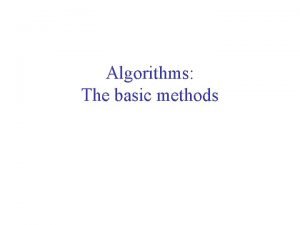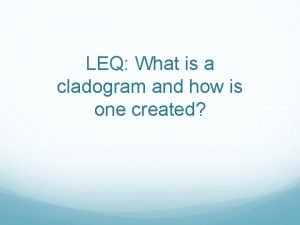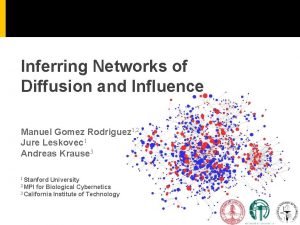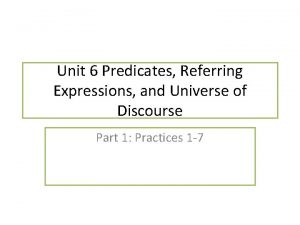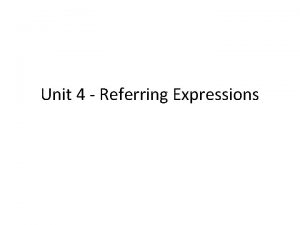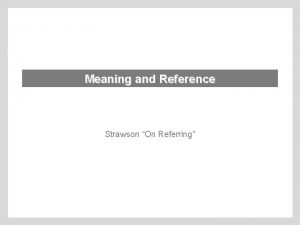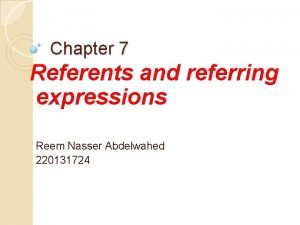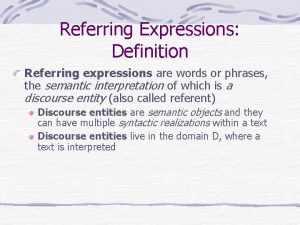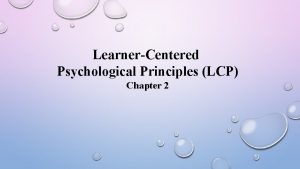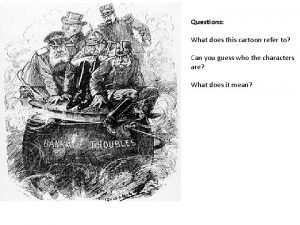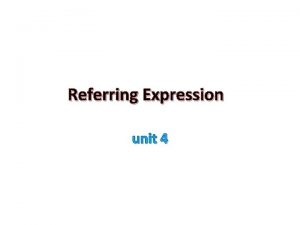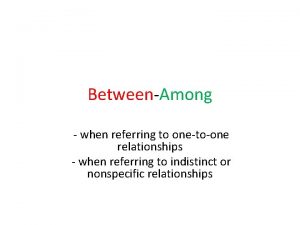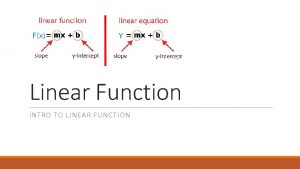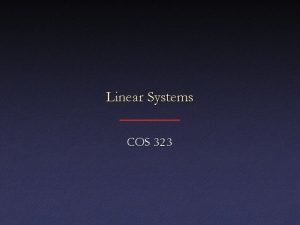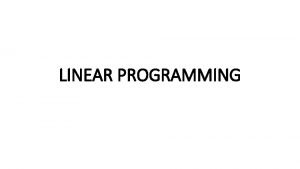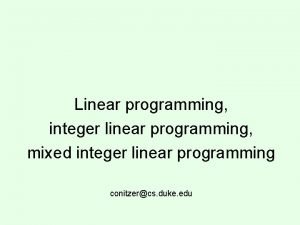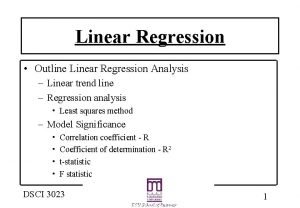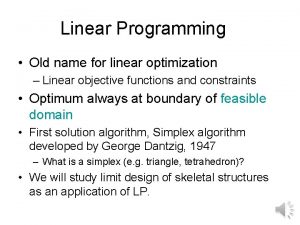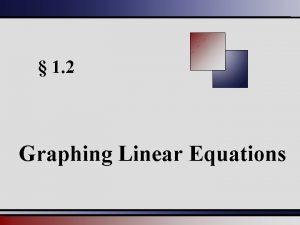Out of Linear Thinking Inferring Thinking Referring Thinking

























- Slides: 25









創造力 不墨守成規的運用思考 Out of Linear Thinking 類推性思考 Inferring Thinking 參考性思考 Referring Thinking 9











產生創造力的方法 Brainstorming Synetics Forcing Techniques Nominal Techniques 20

Improving Group Decisions The Delphi technique represents a systematic way of collecting and organizing the opinions of several experts into a single decision. Advantage: allows the collection of expert judgments without the great costs and logistical difficulties of bringing many experts together for a face-to-face meeting. Disadvantage: can be very time consuming. 21

Steps in the Delphi Technique Problem 1. Enlist the cooperation of experts 2. Propose the problem to experts 3. Experts record solutions, make recommendations 4. Experts’ responses are compiled and reproduced 5. Responses are shared with all others 6. Experts comment on others’ ideas and propose a solution If no consensus is reached. . . 7. Solutions are compiled 22 Solution If a consensus is reached. . . Fig. 10. 5

Improving Group Decisions 23 The Nominal Group Technique brings together a small number of individuals who systematically offer their individual solutions to a problem and share their personal reactions to others’ solutions. Advantages: can be fast; minimizes pressures for conformity Disadvantages: requires a trained group leader; can only be used for narrowly defined problems

Steps in the Nominal Group Technique 1. A small group gathers around a table and receives instructions; problem is identified. 2. Participants privately write down ideas about problem solving. 3. Each participant’s ideas are presented, one at a time, and are written on a chart until all ideas are expressed. 4. Each idea is discussed, clarified, and evaluated by group members. 5. Participants privately rank the ideas in order of their preference. 24 6. The highest-ranking idea is taken as the group’s decision.

個人對問題解決的影響 Sensation or Intuition Thinking or Feeling Judging or Perceiving Extraverts or Introverts 25
 Alliteration in one direction songs
Alliteration in one direction songs The giver character analysis
The giver character analysis Difference between prediction and inference
Difference between prediction and inference Is making inference simply making a guess
Is making inference simply making a guess Rudimentary rules
Rudimentary rules Making inferences: reading between the lines
Making inferences: reading between the lines How are observations and inferences different
How are observations and inferences different Inferring
Inferring Mood passages examples
Mood passages examples What is a cladogram
What is a cladogram Inferring networks of diffusion and influence
Inferring networks of diffusion and influence Linear thinking vs holistic thinking
Linear thinking vs holistic thinking Referring expression
Referring expression Referring expression example
Referring expression example On referring strawson
On referring strawson What is a contextual reference
What is a contextual reference Referring expression
Referring expression What kind of “trouble” was hitesh referring to
What kind of “trouble” was hitesh referring to Referring others
Referring others Referring expression definition
Referring expression definition Species diversity:
Species diversity: 14 learner centered psychological principles
14 learner centered psychological principles The word 'fair' in the poem' to daffodils' means.........
The word 'fair' in the poem' to daffodils' means......... Proclaiming and referring tones
Proclaiming and referring tones The second moroccan crisis of 1911 resulted in
The second moroccan crisis of 1911 resulted in Othello put out the light
Othello put out the light




